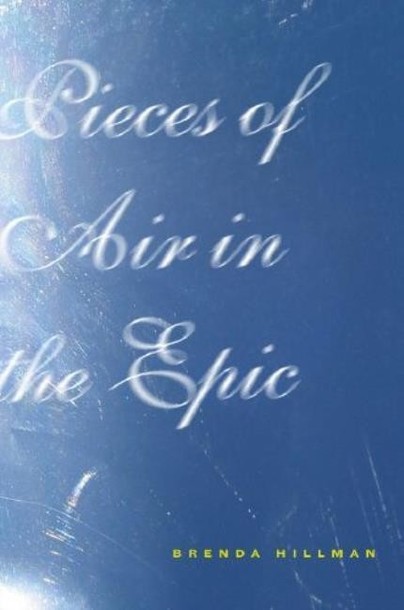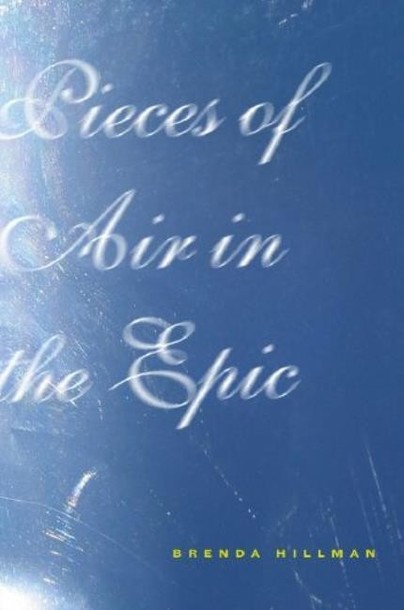

Pages: 104
ISBN: 9780819567871
Pub Date: October 2005
Imprint: Wesleyan University Press
Price:
£18.50
In stock
Pages: 104
ISBN: 9780819567888
Pub Date: August 2007
Imprint: Wesleyan University Press
Price:
£11.95
Usually available in 6-8 weeks
Description:
In her newest poems, Brenda Hillman continues her exploration of nature and culture in ways that demonstrate her original place in experimental lyric traditions. Pieces of Air in the Epic is the second book of a tetrology that takes the elements-earth, air, water, fire-as its subject. As Hillman's previous collection, Cascadia, explores "earth," the present collection considers "air"-the many meanings of the word and the life-giving medium we breathe-to test a reality that is both political and personal. These formally inventive poems reexamine epic and lyric, braiding fact and dream, the social with the self. Hypnotic, spare verses use air on the page as a matrix for cultural healing; some are presided over by a feminine presence and address war in human history, while others are set in streets, parks and wilderness. There are meditations on auras, dust motes, and reading in libraries as acts of restorative memory. This work fuses animist consciousness with cautionary prophecy, and belongs to the mode of H.D. and Robert Duncan. Hillman's poetry continues to explore ways in which human life might be redeemed by imagination.
In her newest poems, Brenda Hillman continues her exploration of nature and culture in ways that demonstrate her original place in experimental lyric traditions. Pieces of Air in the Epic is the second book of a tetrology that takes the elements-earth, air, water, fire-as its subject. As Hillman's previous collection, Cascadia, explores "earth," the present collection considers "air"-the many meanings of the word and the life-giving medium we breathe-to test a reality that is both political and personal. These formally inventive poems reexamine epic and lyric, braiding fact and dream, the social with the self. Hypnotic, spare verses use air on the page as a matrix for cultural healing; some are presided over by a feminine presence and address war in human history, while others are set in streets, parks and wilderness. There are meditations on auras, dust motes, and reading in libraries as acts of restorative memory. This work fuses animist consciousness with cautionary prophecy, and belongs to the mode of H.D. and Robert Duncan. Hillman's poetry continues to explore ways in which human life might be redeemed by imagination.
